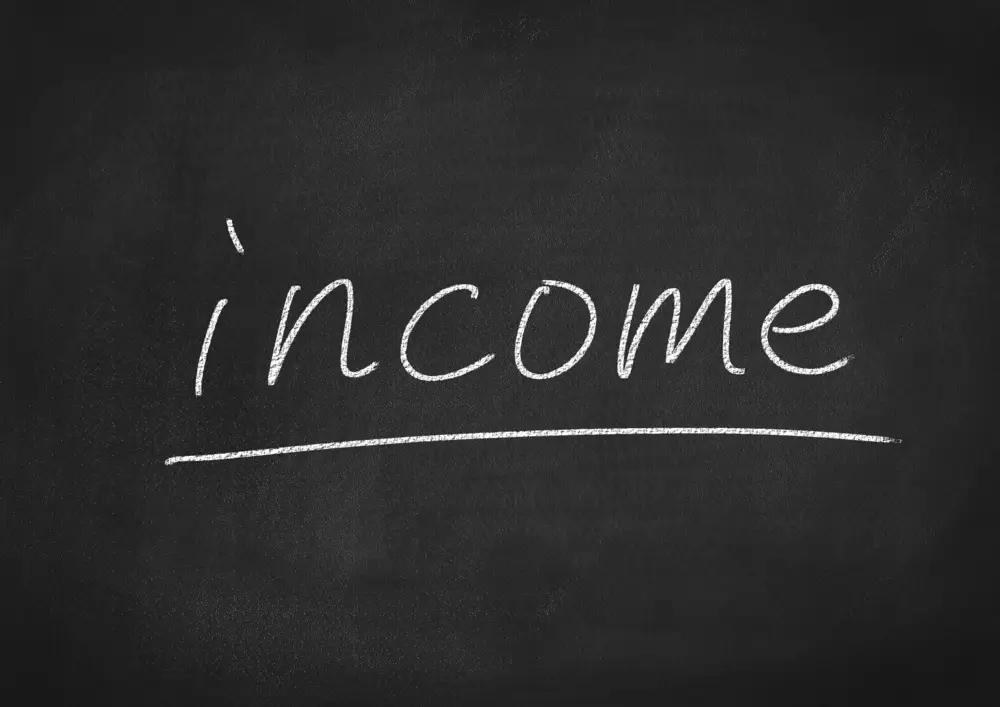Money Saving Box: Your Key to a Secure Financial Future
In the modern world, a fundamental ability is good financial management. Although there are many advanced financial instruments available, a money-saving box is a timeless tool for developing disciplined saving practices as its simplicity and efficiency appeal. Including this classic yet useful instrument into your daily schedule can help you move significantly toward financial stability. Have you given any thought to how a money saving box can change your attitude to and behavior with money? Now let’s investigate.
1. The Concept of a Money Saving Box
Often called a piggy bank, coin bank, or savings jar, a money saving box is a container designed to hold and increase funds over time. Originally only simple ceramic or clay jars, these tools have evolved significantly.
The name “piggy bank” came from the medieval use of “pygg,” a sort of clay used to make money-storing jars. These jars changed over ages to become the pig-shaped banks most of us know today. Digital savings jars showing totals or app-connected choices for tech-savvy consumers are among modern novelties.
Whether conventional or modern, the basic goal of a money saving box is still to encourage a saving habit and enable people to one tiny contribution at a time reach financial targets.

2. Why Saving for the Future is Essential
A steady life is mostly dependent on financial security. Money saving helps people to:
- Get ready for emergencies; unanticipated costs like auto repairs or medical expenditures might throw off financial balance. Savings guarantees peace of mind.
- From buying a house to financing college or planning a dream trip, savings help to realize goals.
- Knowing you have a safety net helps you to develop psychological and emotional well-being, so lowering your financial stress.
Saving money is more critical in the unpredictable economic environment of today. A money-saving box serves as a physical reminder to be disciplined, therefore facilitating the prioritizing of saving over unneeded expenditure.
3. Understanding How Money-Saving Boxes Work
Operating on a basic idea, money-saving boxes help one to save money by regular payments. Their approach is as follows:
- Daily, weekly, or monthly, fill the box with coins, tiny dollars, or even particular denominations regularly.
- Watch Savings Grow: Seeing your contributions add up over time inspires you to keep dedicated.
- Open the box just when you need the money for a planned use or have reached your savings target.
Different kinds of money-saving boxes consist in:
- Classic types such as piggy banks or sealed jars that need breaking or unlocking call for manual boxes.
- Modern digital saving jars have counters to monitor deposits.
- Designed for certain purposes, such travel or money for college, specialized boxes reflect.
Through lifestyle adaptation, money-saving boxes serve people at all phases of their financial path.

4. Selecting the Right Money-Saving Box
Your tastes and objectives will define the ideal money-saving package. These are some significant factors:
- Size: Select a figure fit for your financial goals. While long-term goals call for larger targets, a modest box will be sufficient for short-term ones.
- Tools: Materials Perfect for lifetime are strong alternatives made of metal or superior plastic. Bamboo and other recyclable products would appeal to green savers.
- If you are saving big amounts, consider a box with a lock or other safe mechanism.
- Choose a design that fits your style or aspirations to keep yourself inspired.
Recommendations:
- Young children should be encouraged early saving practices by bright, colorful piggy banks featuring entertaining shapes.
- For adults, elegant, simple boxes with digital counters or locks for extra convenience.
- Sustainable and biodegradable choices created from natural resources are available for environmentally conscious consumers.
5. Strategies for Making the Most of Your Money Saving Box
Optimizing the possibilities of a money saving box calls both consistency and imagination. Take these pointers:
- Specify your saving goal—that of a vacation, emergency fund, or new gadget, or something entirely. Well defined goals give direction and inspiration.
- Create a routine. Plan consistent gifts. Automating payments can support consistency.
- Visual aids—digital trackers or transparent boxes—let you observe improvement, therefore supporting good behavior.
- Celebrate Your Achievements for Meeting Savings Goals Little snacks help to keep you inspired.
- Incorporate family members: Motivational collective home saving will help to create shared experiences.
- Design Challenges: Set short-term goals or challenges for gamification of the process, such conserving all loose coins for a month.

6. Determining the Right Amount to Save
You have to save how much? Know first of all your goals and financial situation. The 50/30/20 rule is one widely used framework:
- Of your salary, half goes toward basics including utilities, groceries, housing.
- Thirty percent goes for discretionary spending—that is, dining, entertainment, etc.
- Twenty percent is placed away for savings and debt payback.
With your money-saving box, pay particular attention to fair values. For instance, although it appears small, saving $1 or $5 daily comes to $365 or $1,825 annually. If your goal is more ambitious—that of building a $5,000 emergency fund—find out how much you have to save each week or each month to reach your target date.
Conclusion
Although a money-saving box is just a basic item, its influence on your security and financial practices is significant. It promotes discipline, guides goal attainment, and offers mental tranquility.
The secret is starting small. Develop a saving habit, keep constant, and acknowledge your development over time. Your money-saving box will open the path to financial freedom whether your savings are for a dream trip or a rainy day.
About ready to start the first step? In the comments below, share your favorite ideas for saving money or travel story. Let’s encourage people to create improved financial habits in concert.



